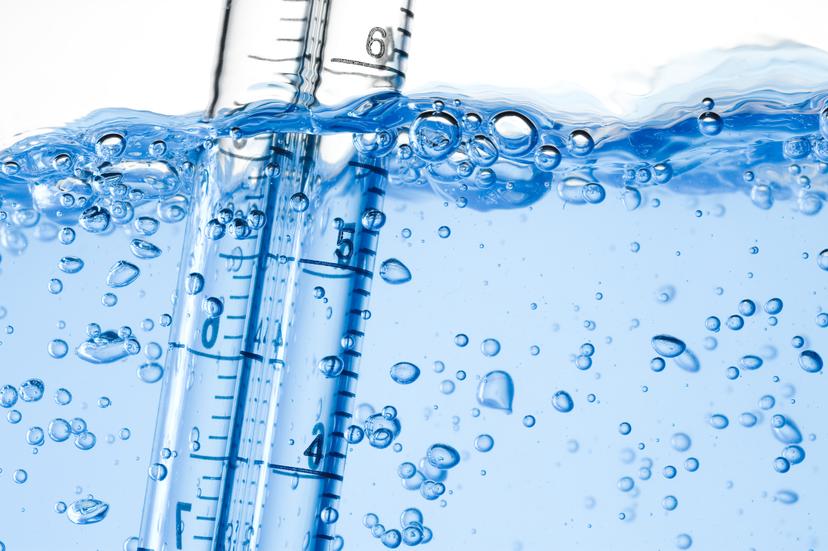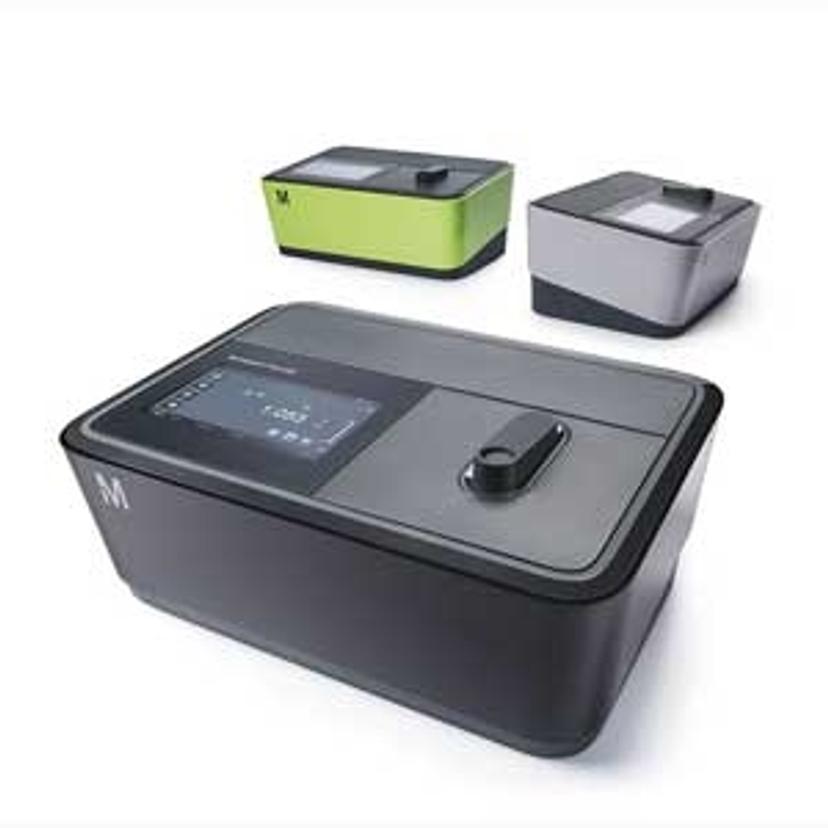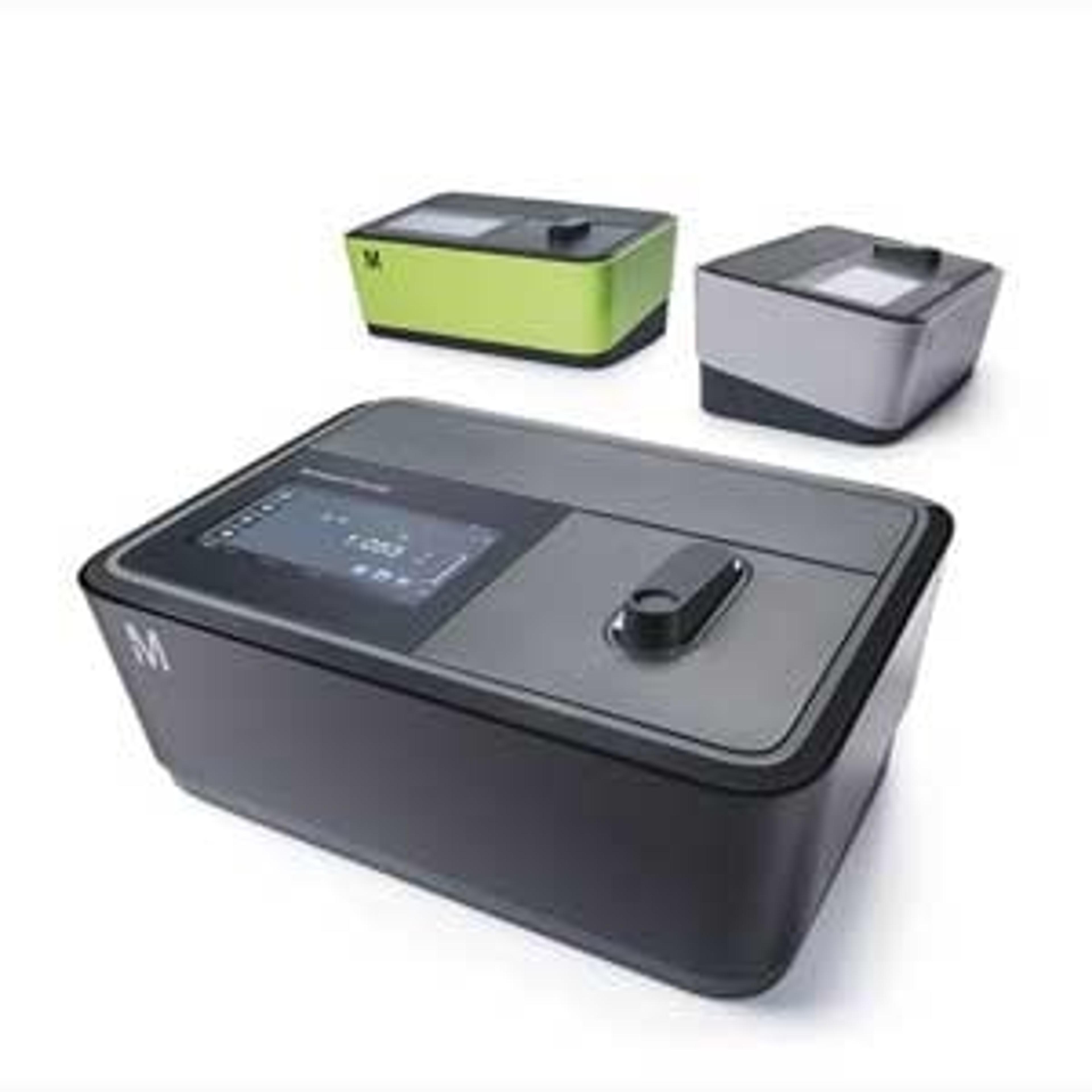Exploring the Benefits of UV-Vis for Ensuring Drinking Water Safety
SelectScience® spoke to Carolin Klein, Global Product Manager Photometry, Merck KGaA Darmstadt, Germany about the power of the Spectroquant® Prove
5 Jun 2016
SelectScience® Deputy Editor, Sarah Thomas spoke to Carolin Klein, Global Product Manager Photometry, Merck KGaA Darmstadt, Germany about the company’s new Spectroquant® Prove spectrophotometers for water analysis.
ST: What are the current challenges and opportunities in the field of water analysis?
CK: Water treatment methods like ozonation are routinely used to ensure a safe drinking water supply. However, these processes can sometimes lead to unwanted side reactions that introduce compounds, such as bromate, into the water. According to European and WHO drinking water regulation the limit for bromate is 10 µg/l, as described in ISO 15061:2001 and is used in many countries. In this standard, the method used is ion chromatography.
ST: What are the benefits of using UV-vis in this industry?
CK: The techniques used to measure bromate concentration in water, which include ion chromatography and photometry, can be challenging. Careful handling and critical appraisal of the results yielded are crucial to both approaches. Ion chromatography is often not available in drinking water laboratories, and handling of these systems requires a high level of technical skill. Although high-capacity separation columns provide accurate results for bromate concentration, interfering Cl-, NO3- and SO42- anions may lead to inaccurate low results.
Photometers, on the other hand, are typically available in drinking water laboratories because they are used to measure iron, manganese and other drinking water parameters. Photometry can be used to measure bromate in the range of 0.001 – 0.2 mg/L[CK1] in the 50 mm rectangular cell in the MilliporeSigma Spectroquant® Prove spectrophotometer with a unique pre-programmed application.

Spectroquant® Prove 100/300/600 Intuitive, innovative and preprogrammed for the broadest range of test kits, Spectroquant® Prove makes water analysis smoother than ever. Spectroquant® Prove is available in three versions, so you can select the one that perfectly suits your requirements.
ST: What are the main applications of the Spectroquant® Prove?
CK: Besides all pre-programmed test kits for drinking water analysis (iron, manganese etc.), the Spectroquant® Prove has a unique application for bromate pre-programmed. The photometry method is based on the reaction of 3,3’-dimethylnaphthidine with iodide and bromate that produces a red radical cation, which can be measured by absorbance. The more bromate there is present in the sample, the more intense the color of the solution at the end of the reaction.
If there are higher mineral contents, including calcium and/or sulfate, this may interfere with the results obtained using ion chromatography. Using the Spectroquant® Prove 600 with a 100 mm rectangular cell, the recovery rate for bromate is much better in comparison to the measurement using the 50 mm rectangular cell. The Spectroquant® Prove with its intuitive touch screen symbols guides the user through the procedure of the measurement.
ST: Do you have any tips for improving UV-vis analysis results?
CK: To improve the results and make the analysis more reliable I recommend to use standards frequently, in parallel to measurement of the real sample. Moreover, the Spectroquant® Prove has an enhanced Analytical Quality Assurance system, AQA Prime, which guides the user through the quality assurance process. In AQA 1 mode, the hardware of the instrument itself, can be checked by the user. With AQA 2, the whole system, which includes also the handling of the test kits by using standards, can be checked. The pre-programmed pipette check also ensures the pipettes are calibrated.
ST: What do you see for the future of UV-Vis in the water analysis industry?
CK: Bromate is becoming more and more important in drinking water regulations in many countries worldwide, because bromate is carcinogenic for humans. The limit is very low with 0.01 mg/l and so reliable measurement is challenging. Consequently, we are looking into the development of new methods for photometry, to make life easier for all users of the Spectroquant® Prove is our goal in the research department in Darmstadt, Germany.
Find out more about water testing in the food and beverage industry, or how the Spectroquant® Prove enables more reliable bromate testing.

